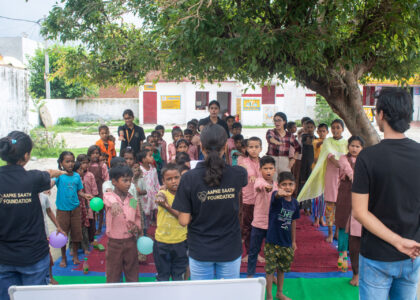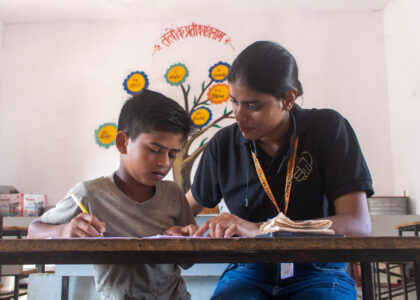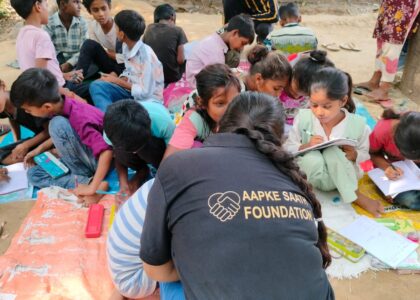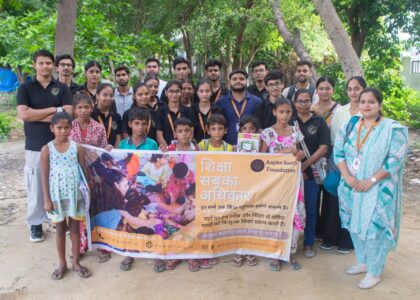Practical Education for Slum Children in India: Real-Life Skills, Literacy and Hope
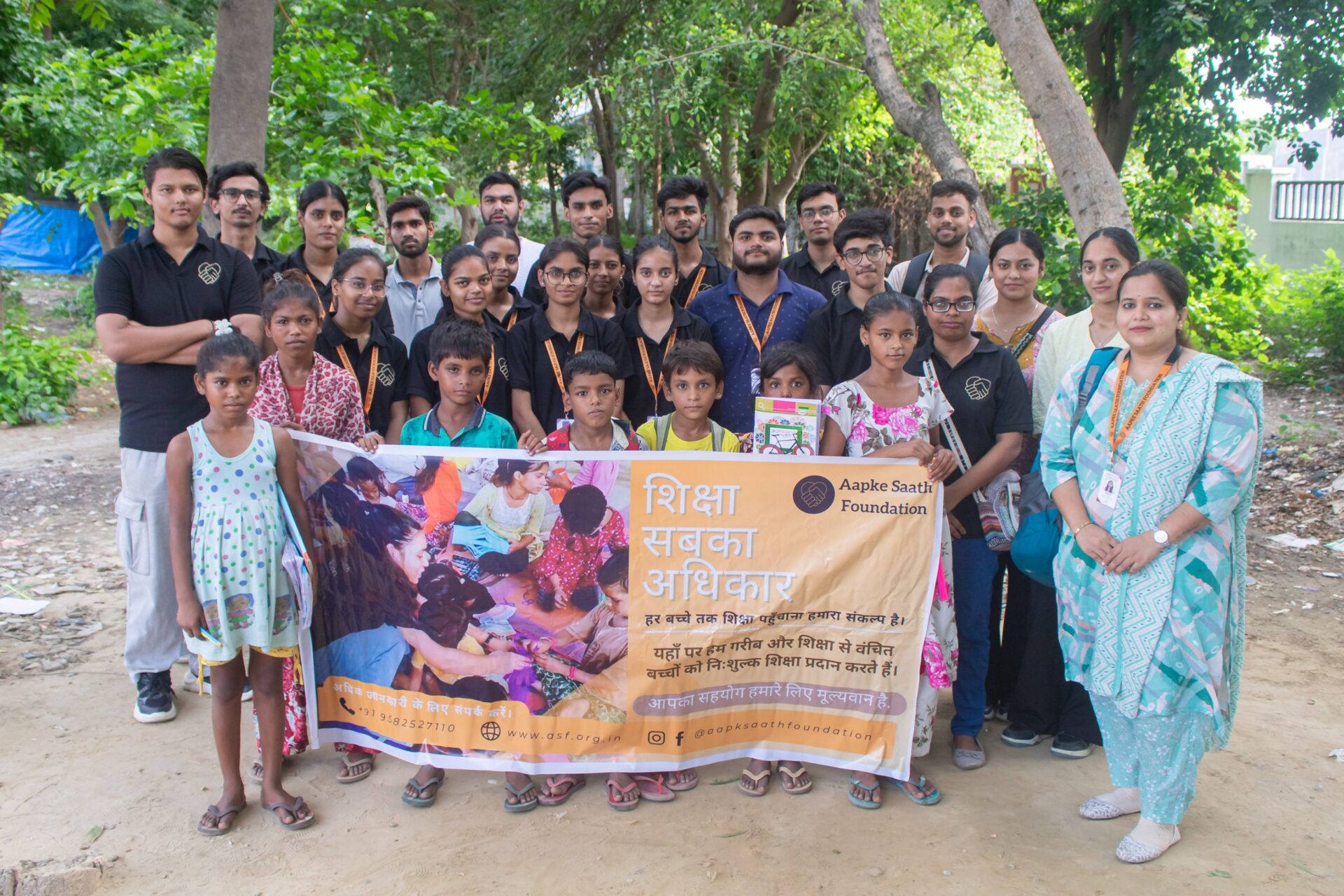
Why a New Curriculum is Needed for Slum Children in India
In many Indian slums, children grow up without learning to read a clock, write their names, or navigate safely through daily life.
The standard school curriculum often skips over basic survival skills. It emphasizes books and exams but fails to prepare children for the real-world challenges they will face.
We need a curriculum that is practical, joyful, and relevant. A curriculum that builds self-worth, dignity, and opportunity.
“Education is not the filling of a bucket, but the lighting of a fire.”
— William Butler Yeats
1. Foundational Literacy and Numeracy That Matters
Reading and Writing for Everyday Life
- Read shop signs, medicine labels, bus boards
- Fill simple forms like school applications and Aadhaar updates
- Write simple sentences in Hindi and English
Practical Math Skills
- Count money and give the correct change
- Measure ingredients for cooking or small jobs
- Read and understand an analog clock
These essential skills give children independence, not just academic knowledge.
2. Life Skills Education for Underprivileged Children
Communication Skills
- Introduce oneself clearly and respectfully
- Ask for help confidently
- Say “No” firmly when needed
Safety and Emergency Preparedness
- Understand road signs and traffic lights
- Learn basic first aid
- Know what to do in emergencies like fire or getting lost
Time and Routine Management
- Plan a basic day
- Understand daily time schedules
Life skills give children the confidence to navigate the world on their own terms.
3. Learning by Doing: Activity-Based Learning
Storytelling and Drama
- Act out moral stories around kindness, bravery, and honesty
- Practice conversations in English and Hindi
Art and Craft
- Make simple items like greeting cards and paper bags
- Draw familiar surroundings like markets or families
Interactive Learning through Games
- Count objects using stones or bottle caps
- Build small toys or working models
Activity-based learning makes education engaging and memorable.
4. Digital Education for Slum Kids
Introduction to Basic Technology
- Use educational apps like Hello English or Khan Academy
- Record a video diary or vlog
- Search information safely online
Even limited access to technology can build valuable digital literacy among slum children.
5. Health, Hygiene and Mental Wellbeing
Personal Hygiene Training
- Proper handwashing and brushing techniques
- Menstrual health education for adolescent girls
- Cleaning and organizing living spaces
Emotional and Mental Health
- Practice calming exercises for stress
- Learn to express emotions in a healthy way
Healthy habits build stronger, happier, and more attentive learners.
6. Vocational Skills and Community Awareness
Introduction to Earning and Small Business Skills
- Make and sell useful items like paper bags or bookmarks
- Count and manage earnings
Involvement in Community Work
- Paint a public wall or clean local spaces
- Teach younger kids basic skills they’ve learned
Vocational awareness helps children understand the dignity of work from a young age.
7. Building Confidence Through Expression
Public Speaking and Real-Life Scenarios
- Share thoughts or experiences in front of peers
- Role-play situations like asking for directions or shopping
Music, Dance and Movement
- Learn songs about hygiene, safety or personal goals
- Express themselves through movement and dance
Self-expression helps children build identity, confidence, and voice.
Real Learning for Real Lives
This curriculum is not about test scores or rankings.
It is about giving children from India’s slums the tools to live independently, speak confidently, and dream without limits.
Let’s build learning spaces that are practical, inclusive, and filled with dignity.
Every child deserves an education that respects their reality and prepares them for the future.

